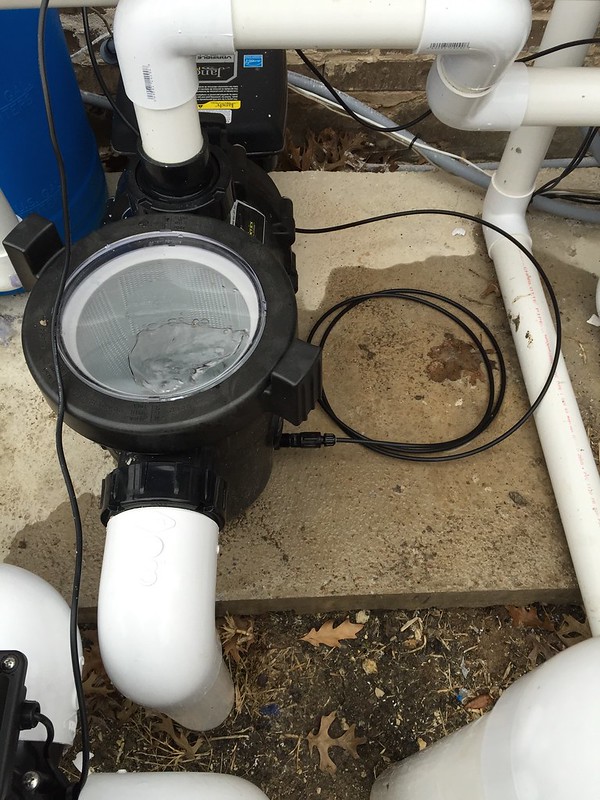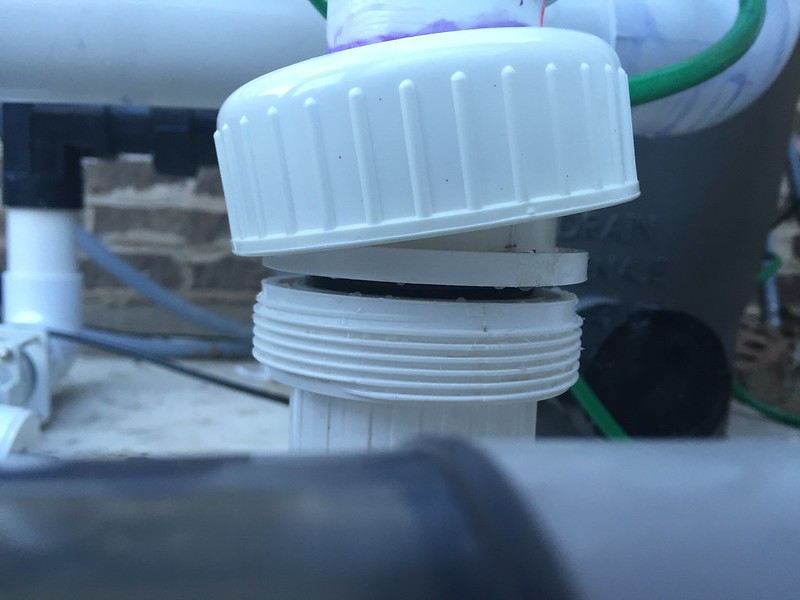Spring is almost here (although not this week in North Texas), and it is time for a Stenner installation on a newly constructed IG pool. When we built our pool, we made sure we upgraded the Jandy logic board to ensure we had additional aux inputs. I plan on using an aux input to control the stenner pump. There are a couple of questions that I would like to ask before I take the plunge on the install.
1. I don't understand the difference between the 0-25 psi and 26-100 psi models. They both seem to offer the same flow rates. Which one would I need?
2. If I understand correctly, since I can program a schedule for the pump to run, a simple single head fixed rate pump is what I need.
3. If I plan on using the logic board, would I need to cut off the end of the electrical cable and hardwire the pump? I think this is frowned upon, as it can't be removed as easily during the winter.
4. Does the voltage matter? I have both 120 and 220 available at the pad.
5. On our chlorine tab feeder (which has never been used), there appears to be a port on the underside that I could tap into to supply the chlorine to the pool. When I start to unscrewing it, water starts coming out, so I think I can just screw in the end of stenner tube directly to this port.
Any advice or comments are welcome.
Thanks
1. I don't understand the difference between the 0-25 psi and 26-100 psi models. They both seem to offer the same flow rates. Which one would I need?
2. If I understand correctly, since I can program a schedule for the pump to run, a simple single head fixed rate pump is what I need.
3. If I plan on using the logic board, would I need to cut off the end of the electrical cable and hardwire the pump? I think this is frowned upon, as it can't be removed as easily during the winter.
4. Does the voltage matter? I have both 120 and 220 available at the pad.
5. On our chlorine tab feeder (which has never been used), there appears to be a port on the underside that I could tap into to supply the chlorine to the pool. When I start to unscrewing it, water starts coming out, so I think I can just screw in the end of stenner tube directly to this port.
Any advice or comments are welcome.
Thanks







 So I'll try and build a new fitting just a bit longer in the morning.
So I'll try and build a new fitting just a bit longer in the morning.